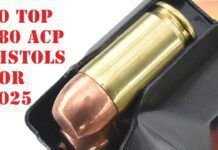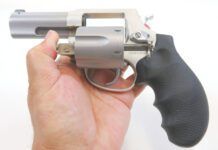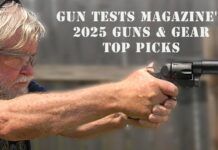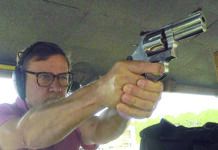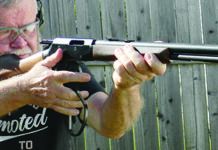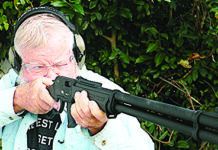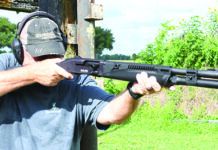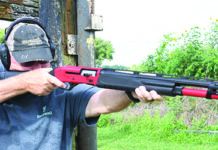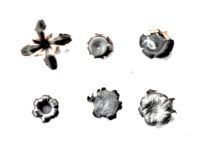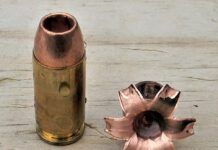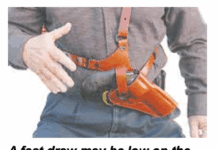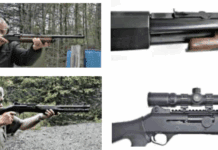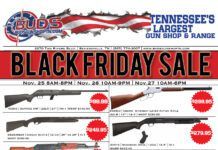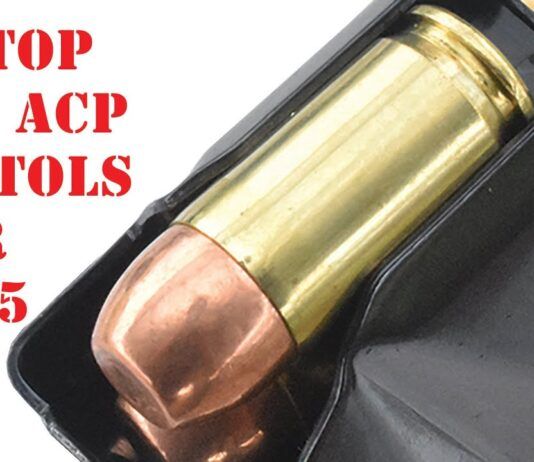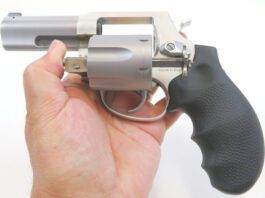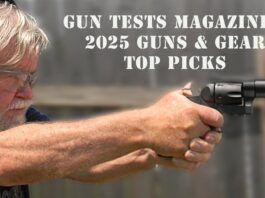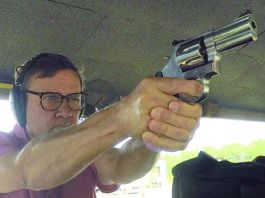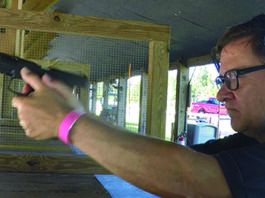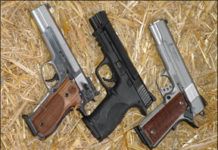Check Out GunReports.com Videos!
Follow Gun Reports and Gun Tests on Facebook
Please Vote For Concealed Carry At ProCon Website
Fort Hood Police Heroes Honored by Gun Saint Society
Insight Technology Inc., Tech-Gear M6X Laser/Illuminator: An Enlightening Experience
While we agree that lasers are no substitute for proper shooting techniques, we also believe that they can be a valuable tool in low light confrontations. Their continued popularity among our Law Enforcement and Military communities is also a testament to their effectiveness.
Kel-Tec P32 32 ACP
Bloomberg to Obama: Get Going on Taking Guns Away
(GunReports.com)--Mayor Bloomberg urges President Obama to adopt dozens of gun registration and confiscation measures using executive power and bypassing Congress.
Taurus Rolls Out 24/7 G2 Series
SDak Gets Firearms Freedom Law
Smith Lovers Quandary: Is One Of These 9mms Right for You?
In this test we have a diverse trio of pistols that offer a wide look at some of what's available in the world of Smith & Wesson's full-size 9mm handguns. We acquired a striker-fired M&P 9 Pro Series with fiber optic front sight (No. 178010, $830). Next up was a 9mm 1911-type pistol in the SW1911 Pro Series (No. 178017, $1683). Last, we assessed the Performance Center-built Model 952 (No. 170244, $2402), which is essentially a remake of the old 38-Special-only Model 52, but for 9mm ammunition.
All three of these guns felt considerably different in the hand, as though they were made on totally different planets. They were all set up to some extent for self defense. Even the 952 had a relieved magazine well for fast reloads. The M&P9 held 17+1 rounds, the SW1911 held 10+1, and the 952 held 9+1 rounds. The weights of these guns were also quite different, the heaviest being the 1911, which also had thick grip panels that we found to be a touch on the over-filling side.
We tested the trio with Fiocchi 115-grain JHP, Black Hills 147 FMJ, and with Winchester BEB 115-grain truncated-cone ammo. We evaluated the three guns for self-defensive use, and also for potential target shooting, particularly the 952. Here's what we found.
Federal Gun Laws Are Baloney, OK Rep Says
Ruger LCP 380 Auto, $330
The LCP is a locked breech semi-automatic pistol that holds 6+1 rounds and shares almost identical dimensions with the Kel-Tec P-3AT.
Its three main components are the 'through hardened' steel slide, aluminum sub-frame, and grip frame. However, we can point out several differences between the Ruger and Kel-Tec products.


